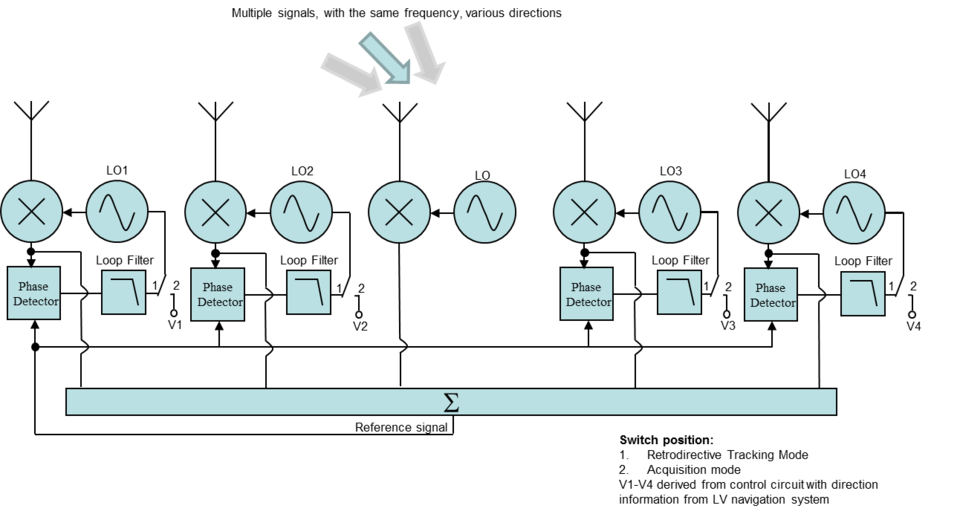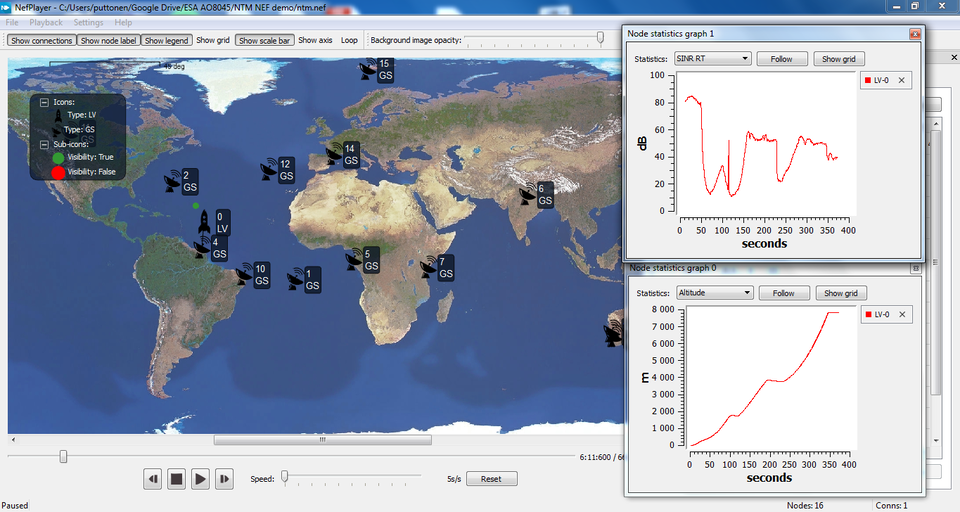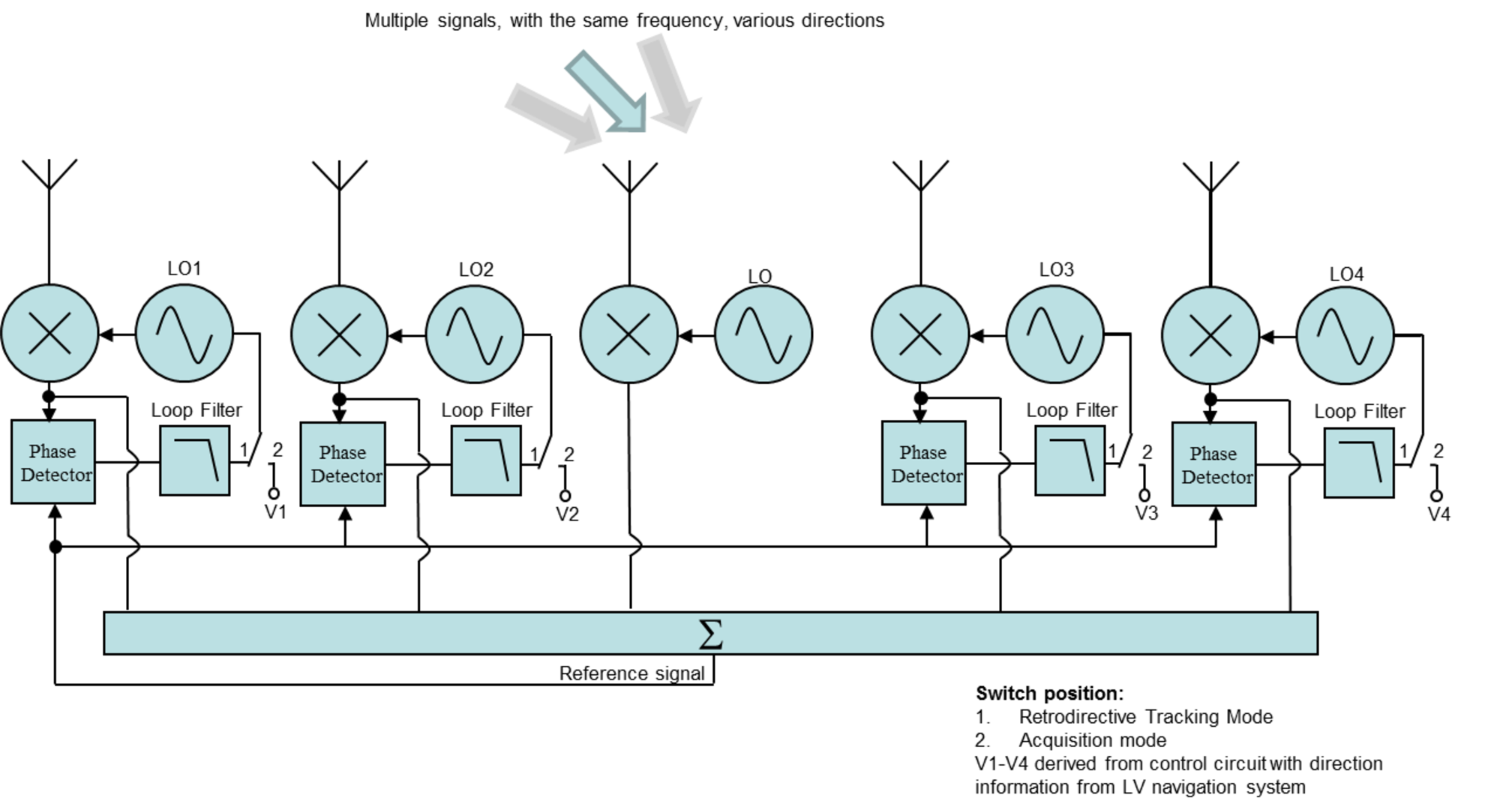Robust TM system for future launchers
| Programme: | TRP Workplan | Achieved TRL: | 3 |
| Reference: | T406-302ET | Closure: | 2016 |
| Contractor(s): | VTT (FI), Magister Solutions (FI), Space Engineering (IT), ELV (IT) | ||
A need for high speed telemetry system has been recognized to better manage the launch vehicle (LV) status. The data throughput of the current Telemetry (TM) subsystem based on Frequency Modulation (FM) is limited to 1 Mbit/s, reducing close to 750 kbit/s when technological margins are accounted for. A higher throughput could ease the measurement plan by relaxing the constraints and improve monitoring performance.

Objectives
Finding suitable concepts for an advanced LV telemetry system with improved robustness, performance and power efficiency, and to identify technical and technological steps required for later development. Proposed concepts to optimise the continuous reception of radiated power from the LV towards the ground stations (GS) or relay satellites regardless of the LV attitude during its mission.
Achievements
Developed system level simulator (SLS) built on top of network simulator (NS-3) to study the performance of different techniques. Compared the performance results with the initially defined (and achieved) requirements. Selected the most promising techniques as our recommendation: Digital modulation with concatenated channel coding, relay satellites, retro-directive antenna arrays, and source data compression.

Benefits
Recommendations on suitable concepts to achieve demanding requirements were made based on requirements analysis, state-of-the-art survey, technology gap analysis, system performance simulations, and TRL and cost analysis. The modular SLS provides a flexible tool which could be used at different stages when new LV TM link is being developed.
Further work
To continue solving the remaining technical challenges in most promising techniques: retro-directive antenna arrays, relays satellites, digital modulation and channel coding as well as data compression.


